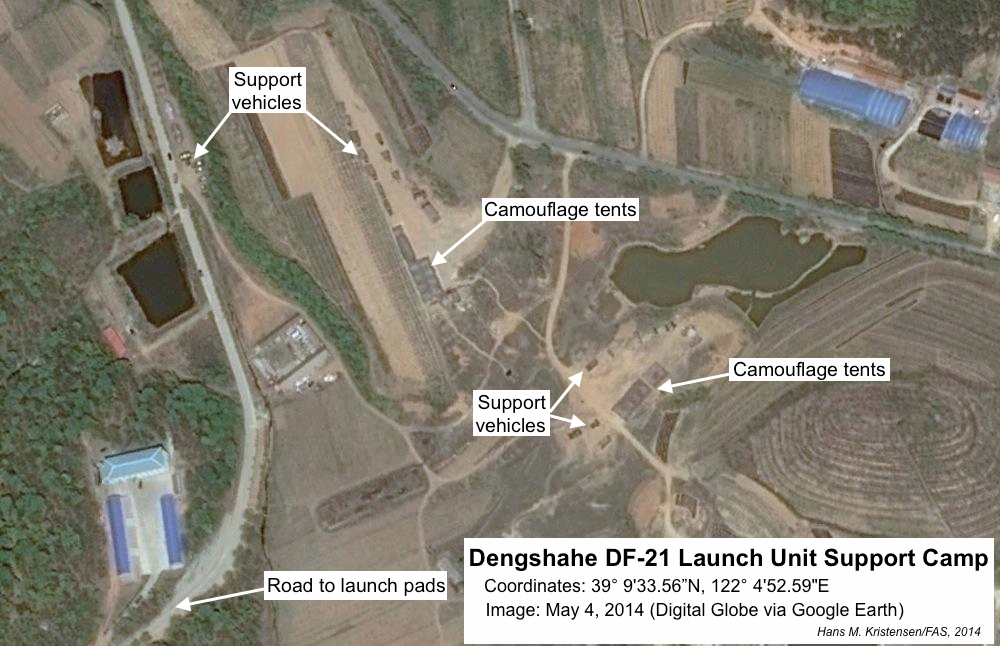Chinese Nuclear Missile Upgrade Near Dalian
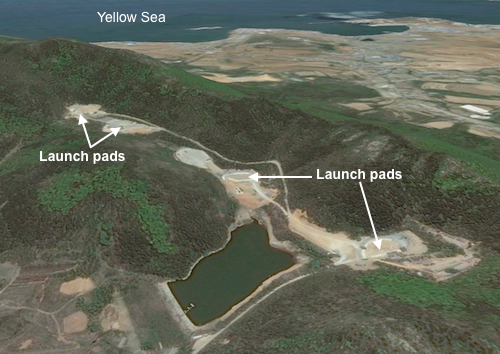 By Hans M. Kristensen
By Hans M. Kristensen
One of the last Chinese Second Artillery brigades with the old liquid-fuel DF-3A intermediate-range nuclear ballistic missile appears to have been upgraded to the newer DF-21 road-mobile, dual-capable, medium-range ballistic missile.
A new satellite image posted on Google Earth from May 4, 2014, reveals major changes to what appears to be a launch unit site for the Dengshahe brigade northeast of Dalian by the Yellow Sea.
The upgrade apparently marks the latest phase in a long and slow conversion of the Dengshahe brigade from the DF-3A to the DF-21.
The 810 Brigade base appears to be located approximately 60 km (36 miles) northeast of Dalian in the Liaoning province (see map below). The base is organized under 51 Base, one of six base headquarters organized under the Second Artillery Corps, the military service that operates the Chinese land-based nuclear and conventional missiles.
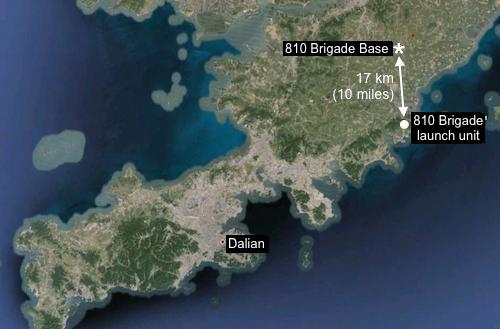
The 810 Brigade is based approximately 60 km (36 miles) northeast of Dalian, and the launch unit approximately 17 km (10 miles) south of the base.
The launch unit appears to be using a remote site with four launch pads for training approximately 17 km (10 miles) south of the brigade base. A new commercial satellite image, dated May 4, 2014, and made available by Digital Globe via Google Earth, shows significant upgrades at the site since 2006.
This includes construction of new launch pads that in shape and size appear to match those recently seen at the 807 Brigade base launch unit near Qingyang (Anhui) and the 802 Brigade base at Jianshui (Yunnan).
The satellite image is particularly interesting because it was taken on a day when the launch unit was using the site for a launch training exercise. Three of the four pads are in use with what appears to be DF-21 launchers deployed on the 45-meter paved strip and support vehicles near by. Other vehicles are positioned near the fourth launch pad (see image below).
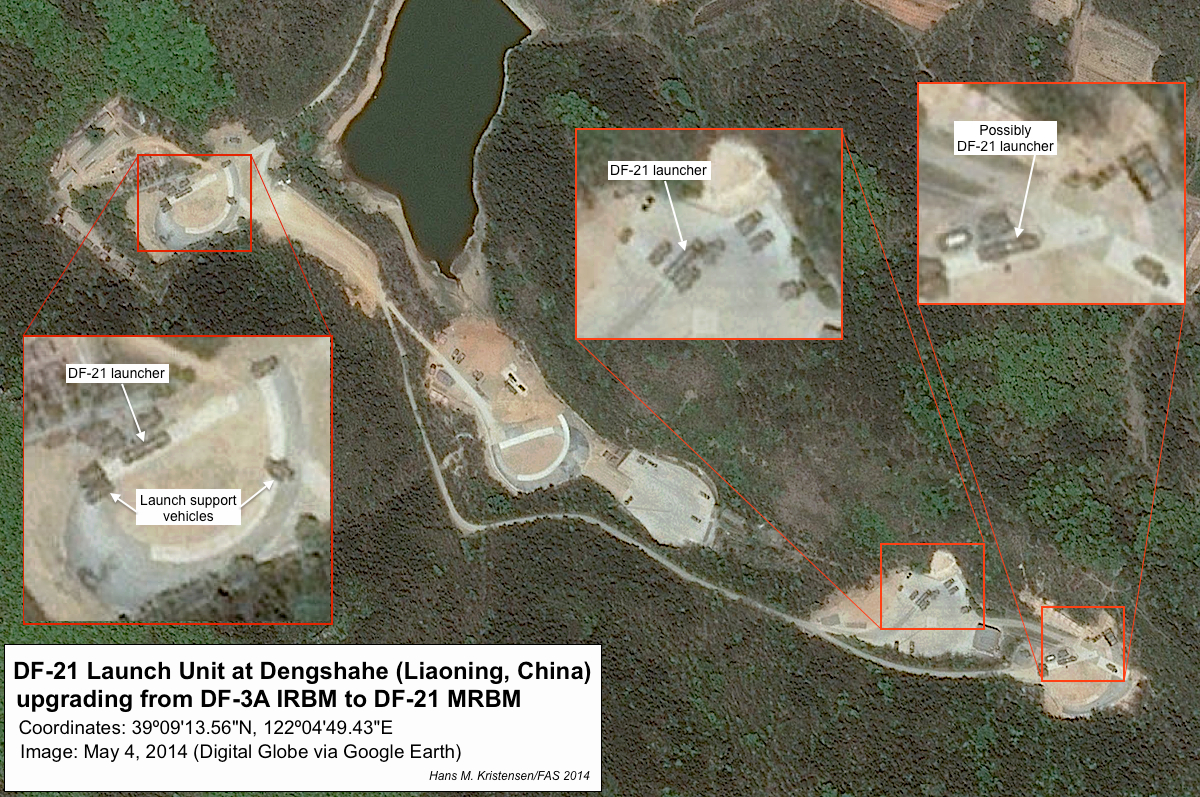
Four upgraded launch pads have been constructed at this launch unit site northeast of Dalian, possibly as part of conversion from DF-3A to DF-21 missiles. Click image for larger version.
The relatively poor quality of the high-resolution satellite image makes it hard to positively identify the launchers. But at approximately 14 meters (46 feet) they appear to match the nuclear DF-21 (CSS-5 Mod 1/Mod 2), which has a 10-11 meter (33-36 feet) missile canister on a trailer pulled by the motorized drivers section. The launchers do not appear to be the DF-21C, the conventional version, where the missile canister and drivers section are mounted on the same frame and the tip of the missile canister extends forward over the driver cabin (see here for images of such a unit).
A road-mobile launch unit has a large fingerprint because the launchers need a significant number of different support vehicles and personnel to operate. This includes command and control vehicles, cranes and other repair vehicles, trucks and busses. The Dengshahe launch unit image shows part of the large backup encamped immediately north of the launch pad sites (see image below).
Conversion to DF-21 at Dengshahe has been a long and slow process. DF-3A training levels dropped from five to eight months per year in the late-1980s to four months per year in the mid-1990s. Since then, the 810 Brigade shrunk to only five-ten launchers. The final phase has happened since 2006.
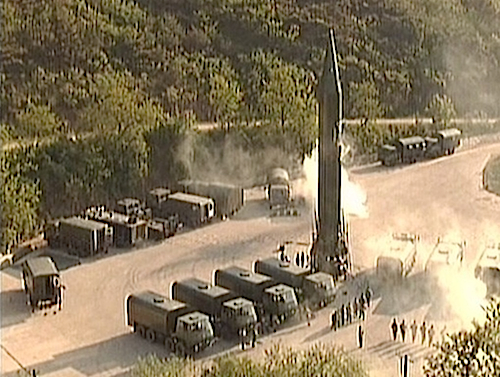
This unidentified picture of a DF-3A missile readied for launch with fuel trucks and other support vehicles might be from the second-most eastern launch pad at the Dengshahe site.
The range of the DF-21 is less than the range of the DF-3A (2,150 km versus 3,000 km), but the DF-21 system is much more capable than the DF-3A. Unlike the liquid-fuel, transportable DF-3A, the DF-21 is a solid-fuel missile carried on a road-mobile transporter erector launcher (TEL). As such, the DF-21 TEL can move around the landscape much more freely and can set up and fire its missile quicker than the DF-3A system. The DF-21 is also more accurate, which is reflected in a smaller warhead – 200-300 kilotons versus 3,300 kilotons for the DF-3A warhead.
From the launch pads north of Dalian, the DF-21 would able to target all U.S. military bases on the Japanese mainland as well as on Okinawa.
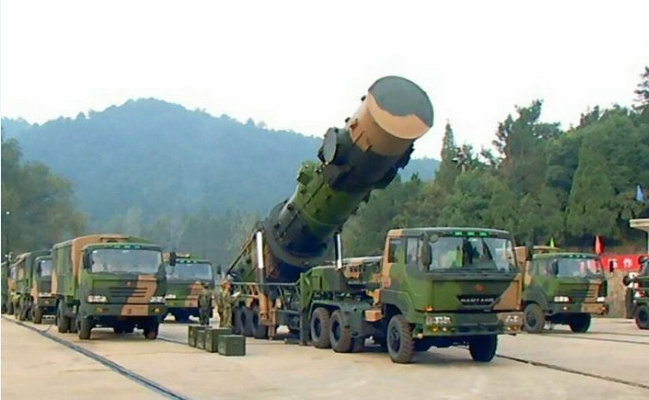
A DF-21 transporter erector launcher with the missile canister partially erected is surrounded by support vehicles.
The conversion from the DF-3A to the DF-21 is also reflected in significant reconstruction at the 810 Brigade base. Since 2006, this has included replacement of one of two high-bay garages with what are possibly garages for the DF-21 road-mobile launchers. A second high-bay garage has been significantly modified, and the support vehicle technical area has been upgraded (see image below).
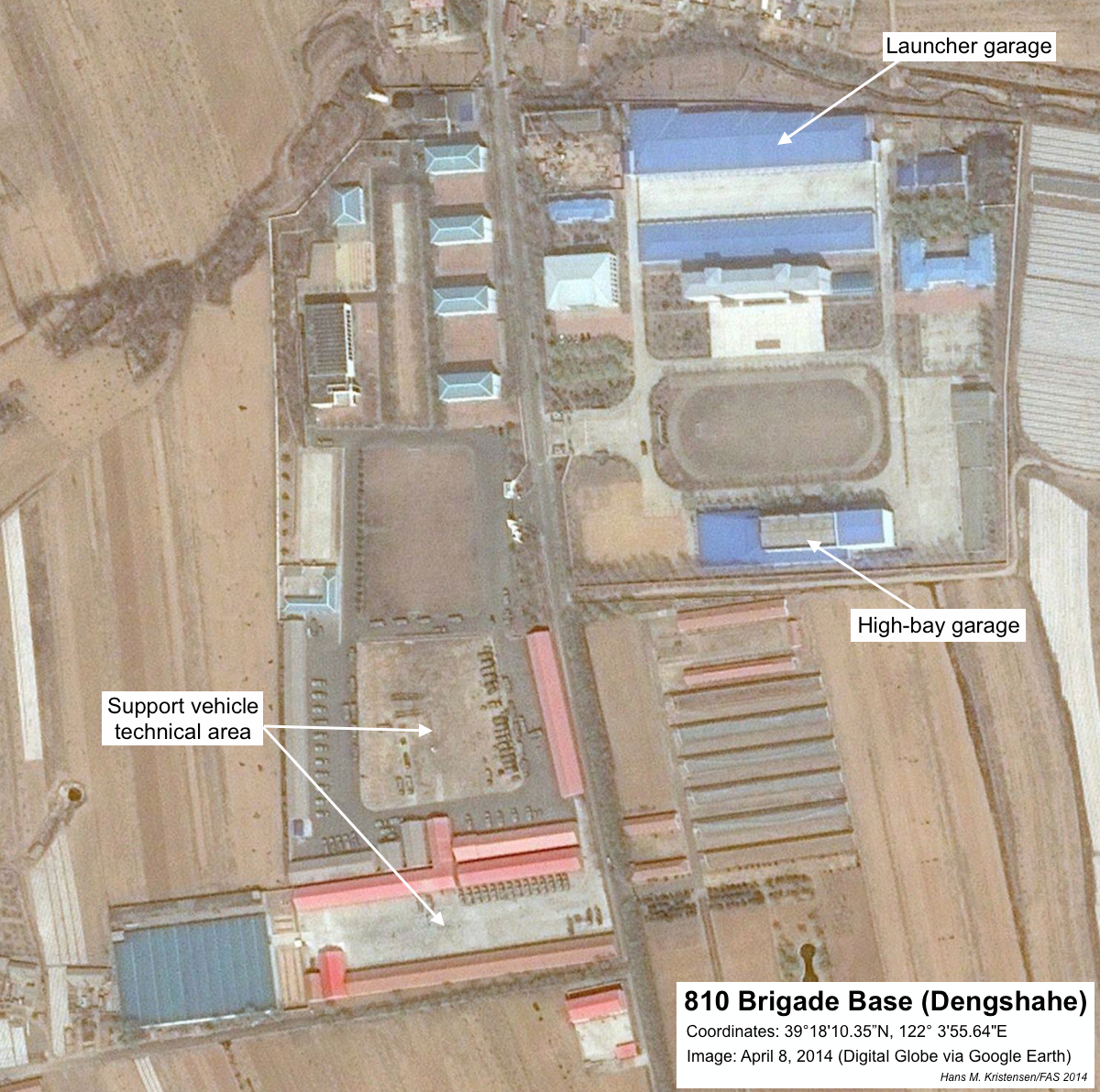
Since 2006, the 810 Brigade base at Dengshahe north of Dalian has been upgraded with possible DF-21 launcher garages and a modified high-bay garage for maintaining the launchers and missiles. Click image for larger version.
Background information: Chinese nuclear forces, 2013
Previous blogs about Chinese nuclear forces
This publication was made possible by a grant from the Ploughshares Fund. The statements made and views expressed are solely the responsibility of the author.
While advanced Chinese language proficiency and cultural familiarity remain irreplaceable skills, they are neither necessary nor sufficient for successful open-source analysis on China’s nuclear forces.
Satellite imagery has long served as a tool for observing on-the-ground activity worldwide, and offers especially valuable insights into the operation, development, and physical features related to nuclear technology.
This report outlines a framework relying on “Cooperative Technical Means” for effective arms control verification based on remote sensing, avoiding on-site inspections but maintaining a level of transparency that allows for immediate detection of changes in nuclear posture or a significant build-up above agreed limits.
The grant comes from the Carnegie Corporation of New York (CCNY) to investigate, alongside The British American Security Information Council (BASIC), the associated impact on nuclear stability.
